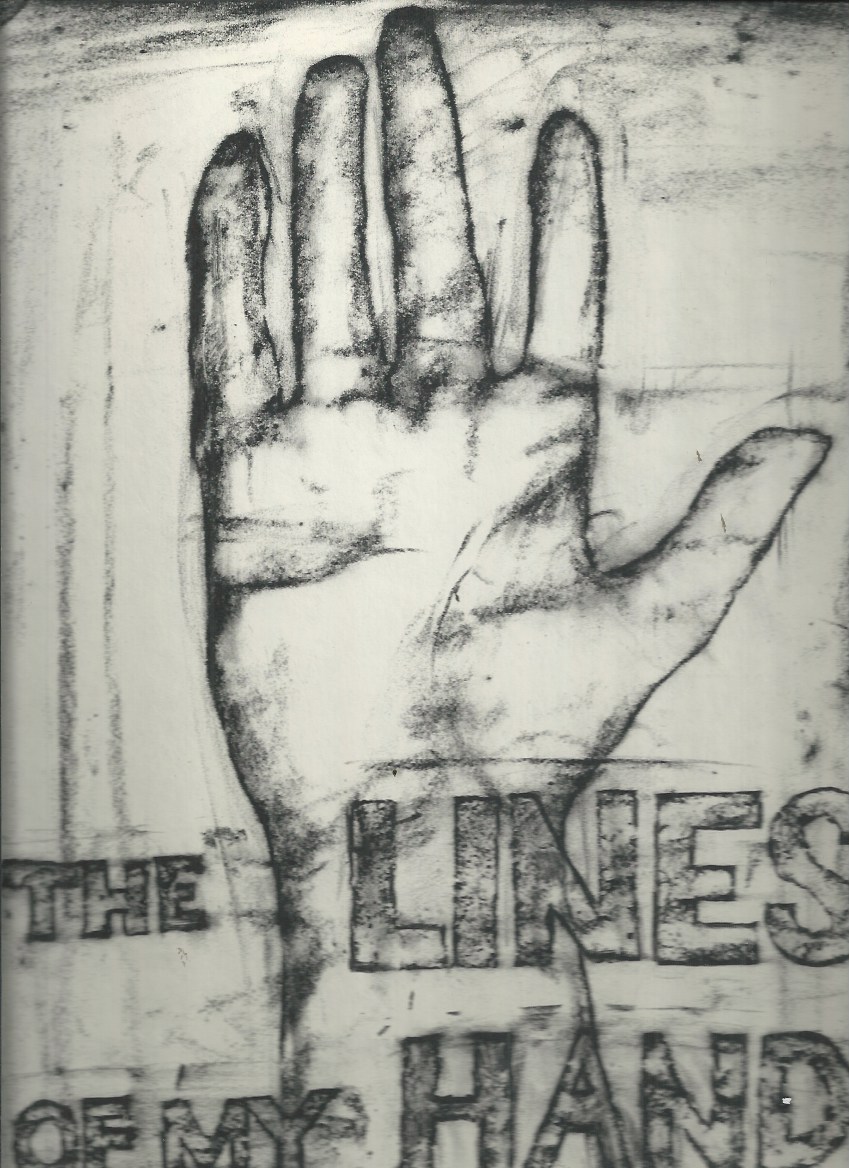ART PHOTOGRAPHY
“The Americans” challenged the presiding midcentury formula for photojournalism, defined by sharp, well-lighted, classically composed pictures, whether of the battlefront, the homespun American heartland or movie stars at leisure. Mr. Frank’s photographs — of lone individuals, teenage couples, groups at funerals and odd spoors of cultural life — were cinematic, immediate, off-kilter and grainy, like early television transmissions of the period. They would secure his place in photography’s pantheon. The cultural critic Janet Malcolm called him the “Manet of the new photography.”
But recognition was by no means immediate. The pictures were initially considered warped, smudgy, bitter. Popular Photography magazine complained about their “meaningless blur, grain, muddy exposures, drunken horizons, and general sloppiness.” Mr. Frank, the magazine said, was “a joyless man who hates the country of his adoption.”
Mr. Frank had come to detest the American drive for conformity, and the book was thought to be an indictment of American society, stripping away the picture-perfect vision of the country and its veneer of breezy optimism put forward in magazines and movies and on television. Yet at the core of his social criticism was a romantic idea about finding and honouring what was true and good about the United States.
